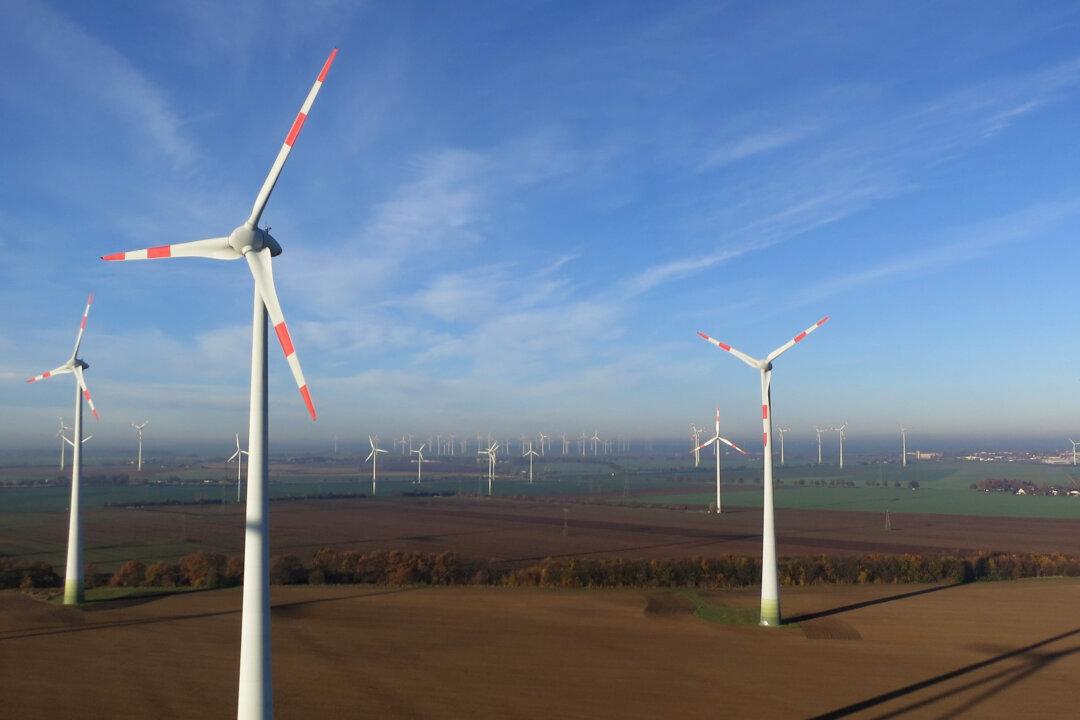Germany, one of the biggest energy-consuming countries in the world, is proving that serious investment in renewable energy sources like hydropower, biomass, and wind energy can provide a stable alternative to fossil fuels.
Germany has been almost constantly investing in renewable energy in the past several years, and last year announced that 28 percent of its total energy comes from renewable sources.
Despite the relatively large reliance on renewable sources, the grid has remained pretty stable. Gunter Scheibner, in charge of keeping energy flows stable over 6,200 miles of transmission lines in eastern Germany, told Bloomberg that the country only experiences 15 minutes of outages a year--compared to 68 minutes in France and more than four hours in Poland.
“Our job has become much more complex,” Scheibner said. “It’s not an easy mission, and it will cost money. But if you are doing it consciously, then it will be doable. We have already come so far.”






